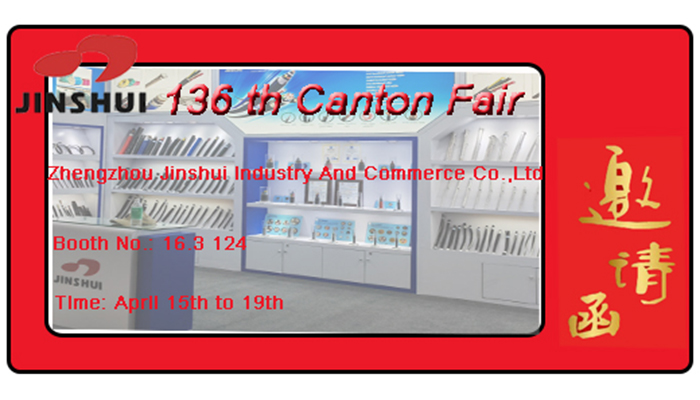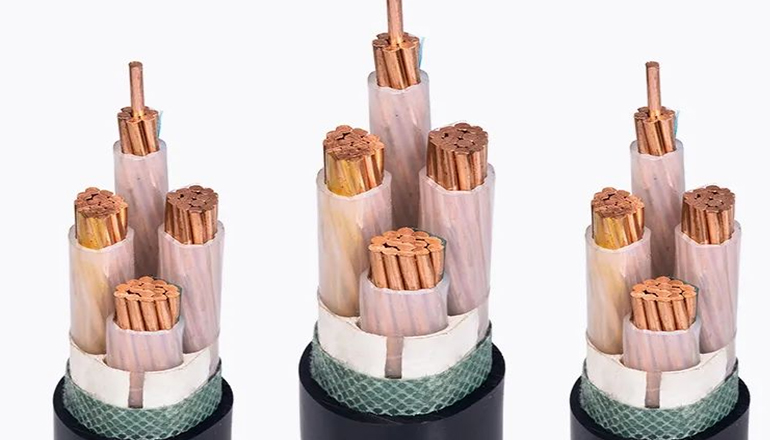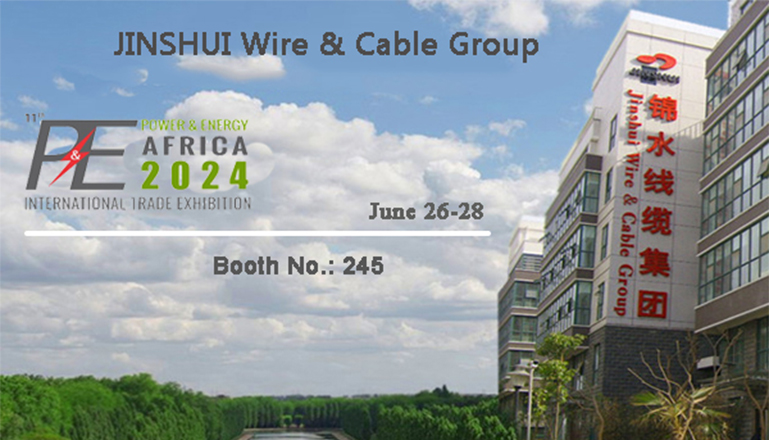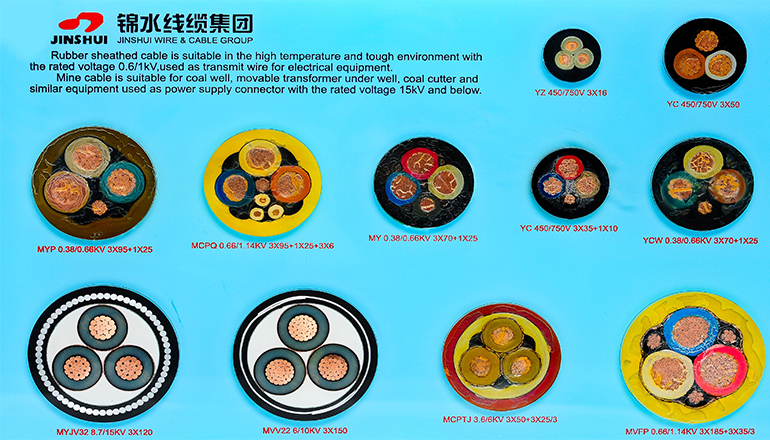- Offices Time:24 Hours Online
- Email:[email protected]
- WhatsApp:+8618339938759
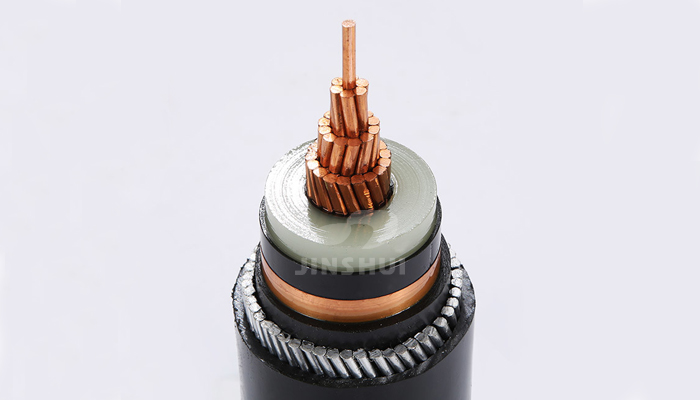
Posted on June 9, 2023
Introduction of VV power cables
What is a VV Power cables?
The unique cable structure and performance characteristics make VV cables very popular in the market.
VV power cables generally refer to cables with high hardness and not easy to bend. Its inner conductor consists of several simple channel counties, copper wires are twisted together and its outer layer is surrounded by a layer of polyvinyl chloride insulation. Since the main material of the VV cable is polyvinyl chloride, the insulation performance is better. The first v of the VV cable represents the insulation, and the second v represents the protective sheath, which is characterized by the ability to transmit current before electrical equipment.
What are the characteristics of VV cables?
1. Small footprint: The cable is generally buried in the soil or laid indoors, in ditches and tunnels. The insulation distance of the wires is small, no towers are needed, and the footprint is small, basically not occupying a lot of space on the ground.
2. High reliability: less affected by climate conditions and surrounding environment, stable transmission performance and high reliability.
3. Ultra-high voltage: the development of large capacity has more favorable conditions, such as low temperature, superconducting power cables, etc.
4. Good wear resistance: Due to its high hardness, VV cable has better wear resistance and is not easy to wear.
5. Good oil resistance: VV cables also have good oil resistance and can be used in harsh environments.
6. Good insulation performance: The PVC outer layer material of VV cable has good insulation performance, which can effectively avoid electric leakage of wires and cables.
VV cable usage skills
1. Regularly check the cables
Even if the VV wire is composed of high-quality materials, it should be checked regularly for good working condition.
2. Do a good job of maintenance
VV power cables need to be kept in good condition frequently, a common method is to apply lubricating oil.
3. Do not use crowded positions
If a VV wire is placed in a location where the process is congested, the cable may deform causing the copper wire inside the wire to break, creating a safety risk to the equipment.
The difference between cable vv and yjv, the difference knowledge between cable vv and yjv
1. Different definitions
vv: The first V is the main insulation material of the cable is PVC (polyvinyl chloride), which means plastic, and the second V is the cable sheath material is also PVC. The full name is copper conductor PVC insulated and PVC sheathed power cable.
yjv: YJ refers to XLPE insulation, V refers to PVC sheath. The full name is XLPE insulated PVC sheathed power cable.
2. Working temperature is different
yjv: Conventional YJV cables allow a maximum working temperature of 90°C, and the maximum temperature during short circuit (within 5 seconds) does not exceed 250°C.
vv: Conventional VV power cables allow a maximum operating temperature of about 65°C, and the maximum temperature does not exceed 160°C when short-circuited (within 5 seconds). The difference in the maximum operating temperature determines that YJV has a higher current carrying capacity, and also determines that YJV cables are better than VV cables in terms of overall performance.
3. The scope of use is different
yjv: Laid indoors, in tunnels, cable trenches and pipelines, or buried in loose soil. The cables can withstand a certain amount of laying traction, but cannot withstand external mechanical forces. It is suitable for laying indoors, tunnels, cable trenches and underground direct burial. The cables can withstand mechanical external forces, but cannot withstand large tensile forces.
vv: It is generally used as a power transmission hub, often buried in the soil or laid indoors, in trenches, and tunnels. The insulation distance between lines is small, no poles and towers are needed, and the land occupation is small, basically occupying no space on the ground.
Post categories
Most Popular Posts
-
The 136th Canton Fair welcomes you to participate!
October 12, 2024 -
High temperature cable introduction
July 26, 2024 -
Kenya Power and Energy Exhibition 2024
June 11, 2024 -
Introduction of rubber sheathed cable
June 5, 2024


